
I’d been sitting on the 12th floor of the Globe and Mail Centre, watching rain drip down a window overlooking a sprawl of construction, the aroma of 10 Washington and Oregon wines on my table floating up occasionally to taunt me, when I was snapped from that blissful coma. “Welcome back to what I assume is most of our first tasting back from COVID. It’s a wonderful feeling to be in a room surrounded by so many real wine professionals.” The words sprung from a speaker that had been whispering smooth jazz into my left ear, pulling my attention to the projection screen. The 2021 Northwest Wine Expedition was underway.
I’d never attended such a large event previously. Before me sprawled a massive line, in a massive lobby, in a massive building. The event represented over 30 different producers from the two states, with many wines from each. A short masterclass would precede a large format tasting. It was interesting attending an event of this size in the time of COVID. Multiple rooms with projection screens were used for the masterclass lecture, and the tasting had each attendee sit at their own table with servers, agents, and producers pouring wines I had previously selected from a booklet. I gathered my name-tag and ventured forth.
I didn’t have much personal experience with Washington or Oregon wine prior to the tasting, but I’m somewhat thankful for that as I had no bias, no expectation, and I feel the opinions I formed were both candid and genuine. It was quite immediately clear why out of the 72 grape varieties planted in Oregon, 59% of plantings are Pinot Noir, with the great majority located in the Willamette Valley. The grape has a great affinity for the region, with its long sunlight hours and cool nights, and I was at times transported back to the Pinot Noirs of Burgundy, with their subtle French oak, bright and complex fruit, and an elegant balance of acidity and fine tannins. It’s not just a subjective parallel; the average temperature of the growing season in the Willamette is just slightly colder than in Burgundy, and many Oregon winemakers take direct inspiration. Citation was one such producer.
I had the honour and pleasure of speaking directly with Citation’s President and Founder, Howard Rossbach, whose passion for wine is clear both in the man and in the glass. The flight of wines he presented showed a great deal of restraint and respect for the terroir, allowing the natural qualities of the vineyard’s grapes to speak for themselves. From unoaked Chardonnay with pronounced acidity and minerality, to Pinot Noir from 2017, 2015, and all way back to 2006. The 2017 Centerstone Pinot Noir, produced with a small amount of malolactic fermentation and minimal oak, boasted bright fresh fruit and a sharp acidity backed by firm tannins.
The 2015 Citation Pinot Noir, Howard’s flagship wine, selected from the best blocks of his Erratic Oaks Vineyard, was a different animal. 16 months in French oak produces a spicy and brooding older brother to its peppy Centerstone sibling. The tannins were more integrated, with darker and rich fruit, no doubt due to the warm 2015 vintage, a compliment to the oak.
The 2006 Citation Pinot, last in line (Howard enthusiastically referred to this flight as the “Stairway to Heaven”), was mature and evolved, with gobs of fruit compôte, subtle spices, preserved figs, and a long earthy nuttiness reminiscent of a fine cheese with wild mushrooms (Citation wines are available from Stem Wine Group for those who’ve had their interest piqued).
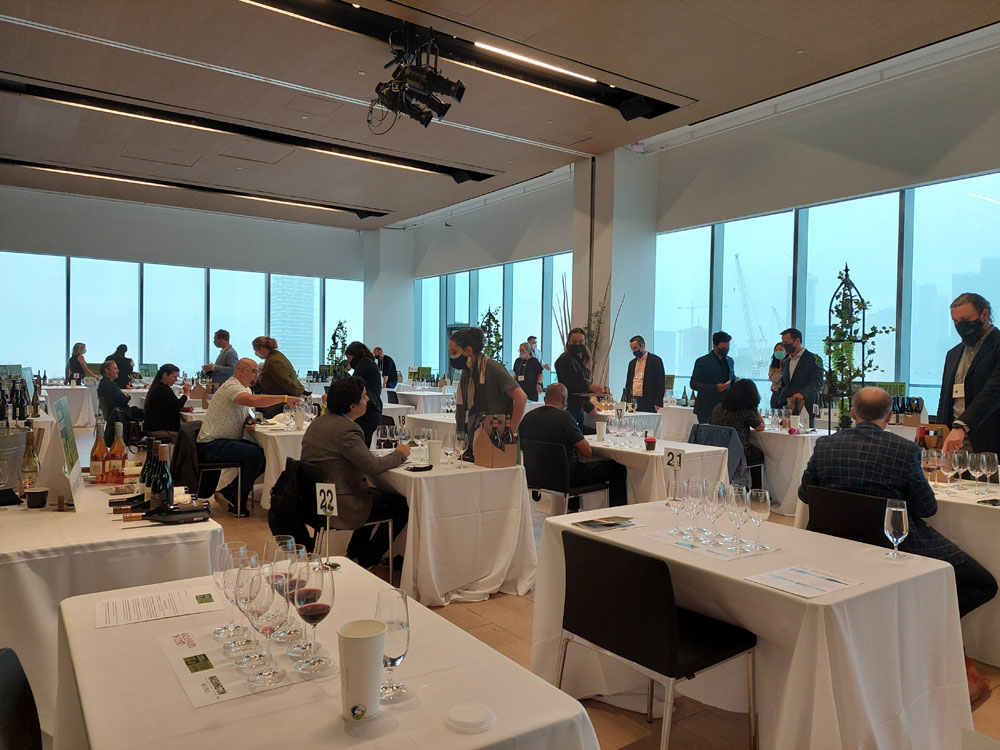
Out of the hour-plus tasting window, I remember these 10 minutes more vividly than anything else. Drinking a wine right in front of the man who made it is a humbling and striking experience. I spoke to many agents on the day of the event that were both friendly and knowledgeable, but when you ask a winemaker about his soils, and he tells you about the massive chunks of granite he has sitting in his office from his own vineyard, you gain a more intimate understanding of where these wines come from.
I barely made it through the Oregon section before reaching Washington with 15 minutes remaining in the tasting. This was my first larger scale tasting, and I realized something fast: In a room of 30+ producers, there’s almost no way to try every single wine; you have to know what you’re looking for. When I checked the Instagrams of my much more experienced peers, I saw them drinking wines I had never even noticed on the list. Next time I attend an event of this size, I’ll have to do some homework first and move quick.
Of the Washington wines I tried, Gramercy cellars stood out instantly; their 2016 Walla Walla Syrah exploded with herbal black licorice, plum, and coffee liqueur aromas. The palate was totally unexpected, medium-plus bodied with supporting acid and light plucky tannins. I found a lot of the other Washington wines I tasted that day to be very dark and jammy in character, with pronounced oak, especially in the Cabernet Sauvignons. Washington’s volcanic soils lend a particular minerality to many of the wines that often accentuate an already smoky profile. The cold and rainy fall weather was perfect for these wines, and I’ll be looking towards them as winter draws near. And just like that, the event was over. I’d tasted so much wine my mouth felt pickled, and I barely scratched the surface of what was on offer.
The real theme of day seemed to be “scale”. The scale of Oregon and Washington, of the New World, of Pinot Noir, of the Toronto wine community, of my very own career. In that massive room with so many veteran wine professionals, I felt like a sheep in wolves clothing. To be approached by people like Howard is privilege I’m lucky to have had. When you have that many wines in front of you, with so many variances between them, it really struck me with how little I knew, how far I have to go before I can even scratch the surface understanding even a single grape. The most incredible thing about wine is as soon as you think you know something, it humbles you almost instantly. I expect for the rest of my life I’ll still feel like I know nothing, and that’s pretty damn exciting. I’ve no choice but to keep drinking tasting, and continue learning.

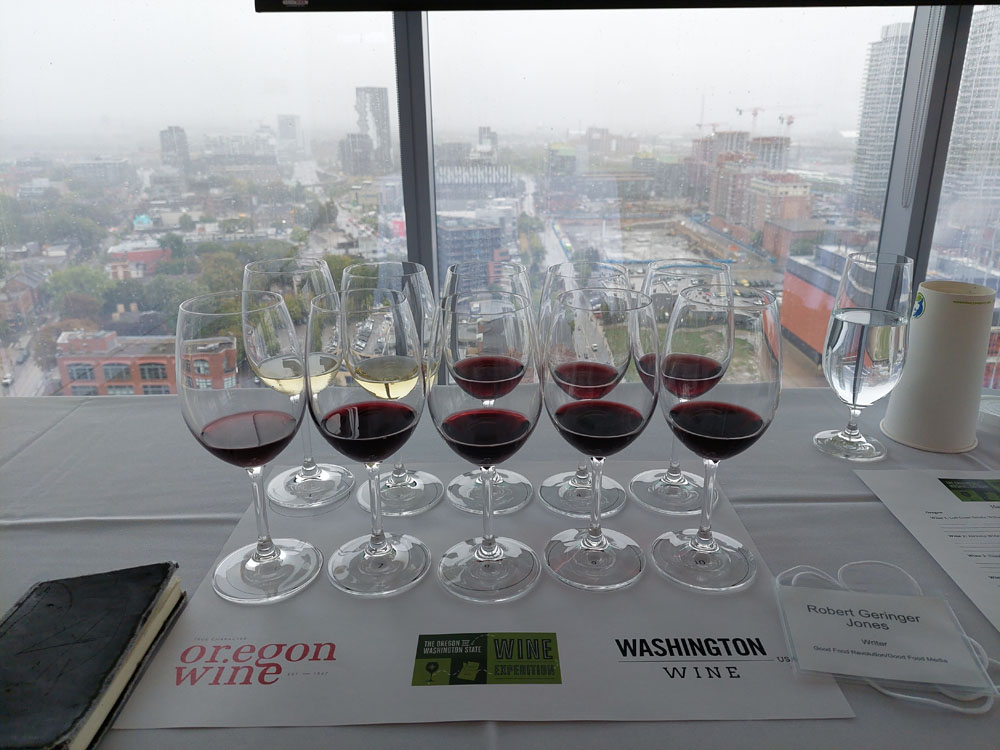

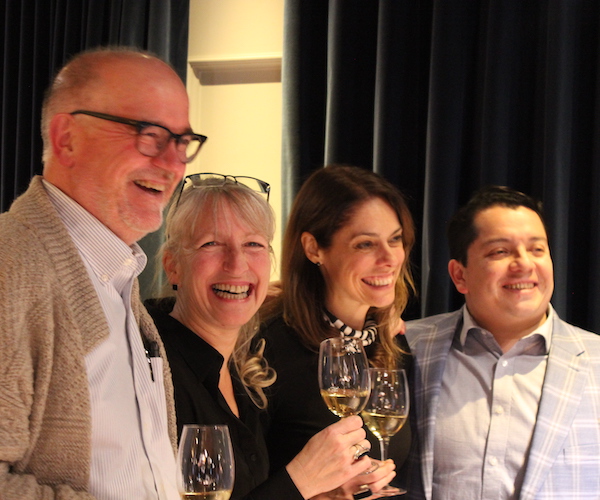
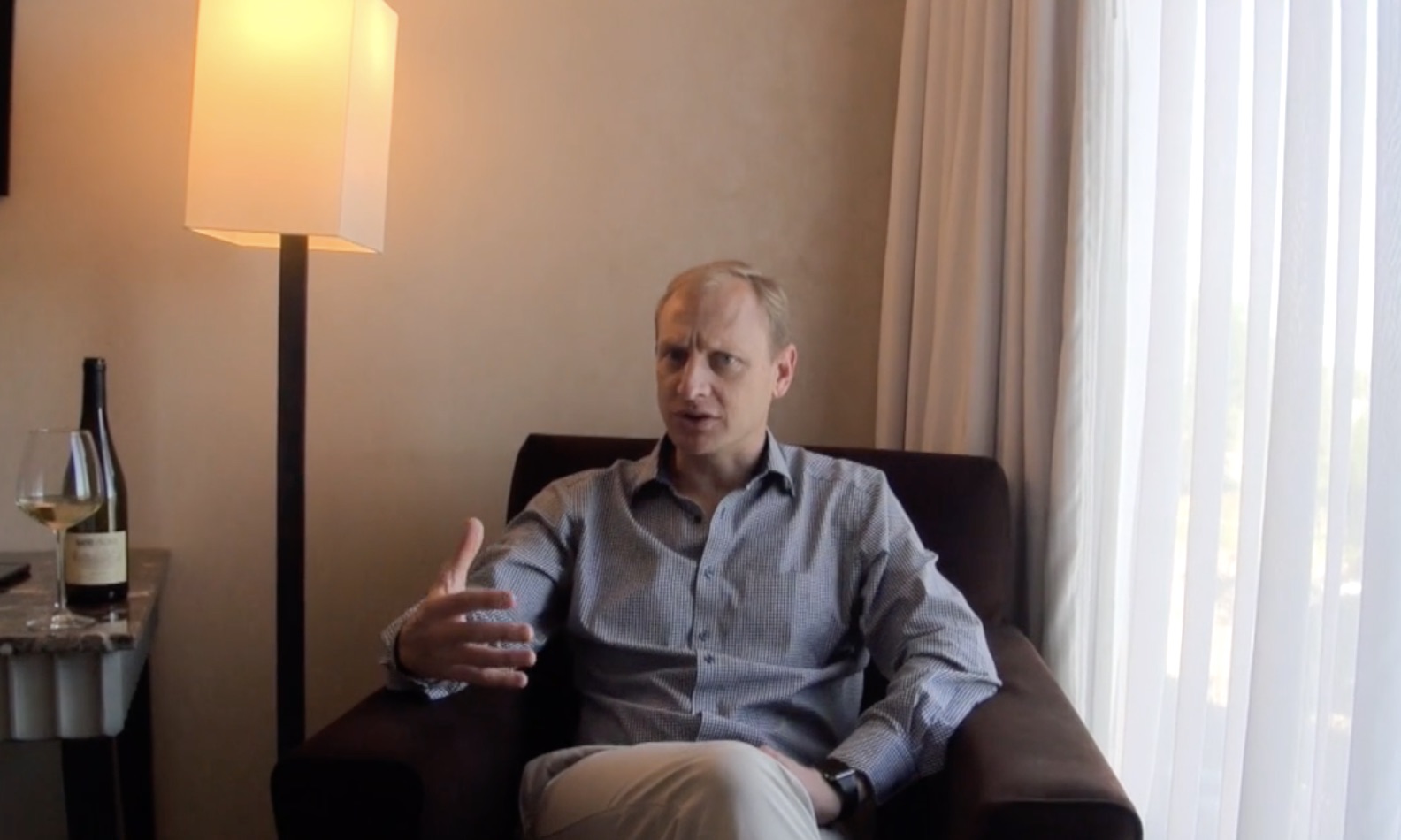
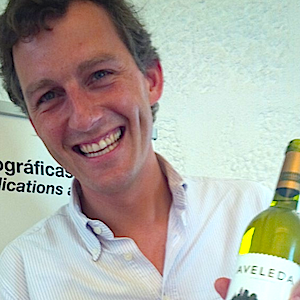
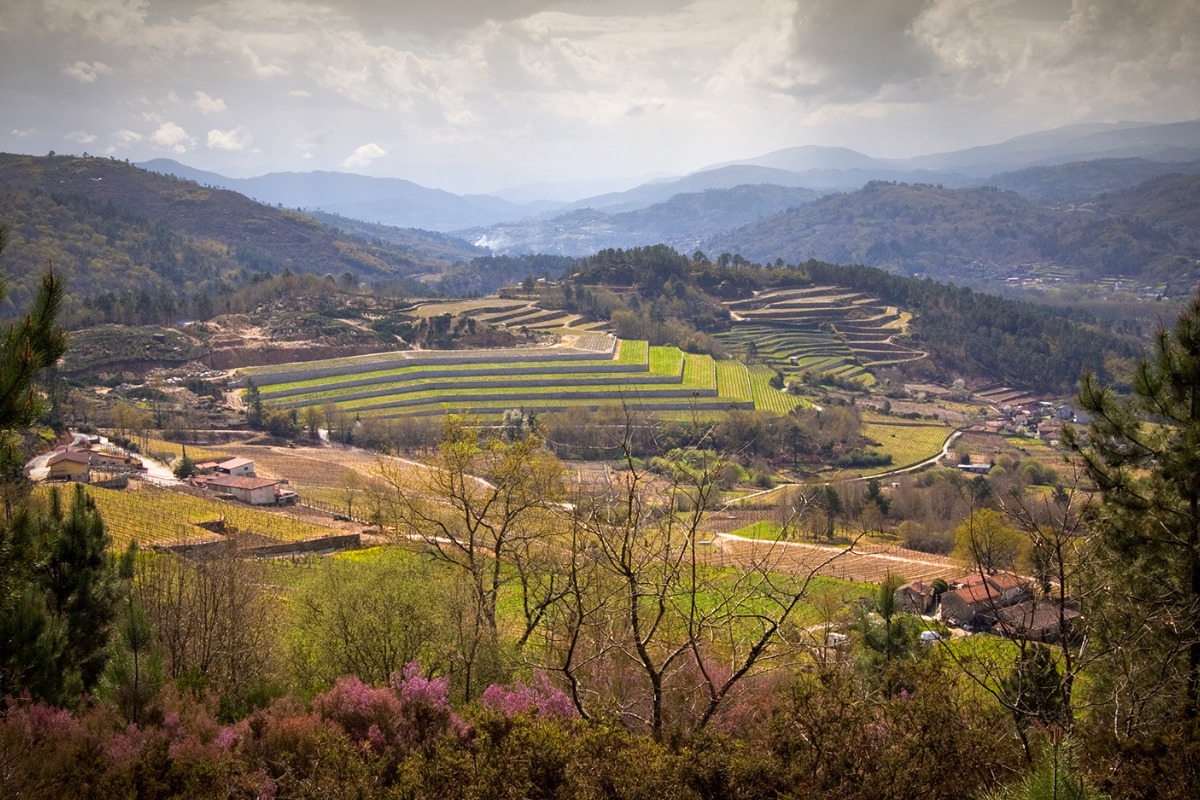

It’s always impossible to try all the wines at a tasting, I agree! That Syrah you described sounds great.